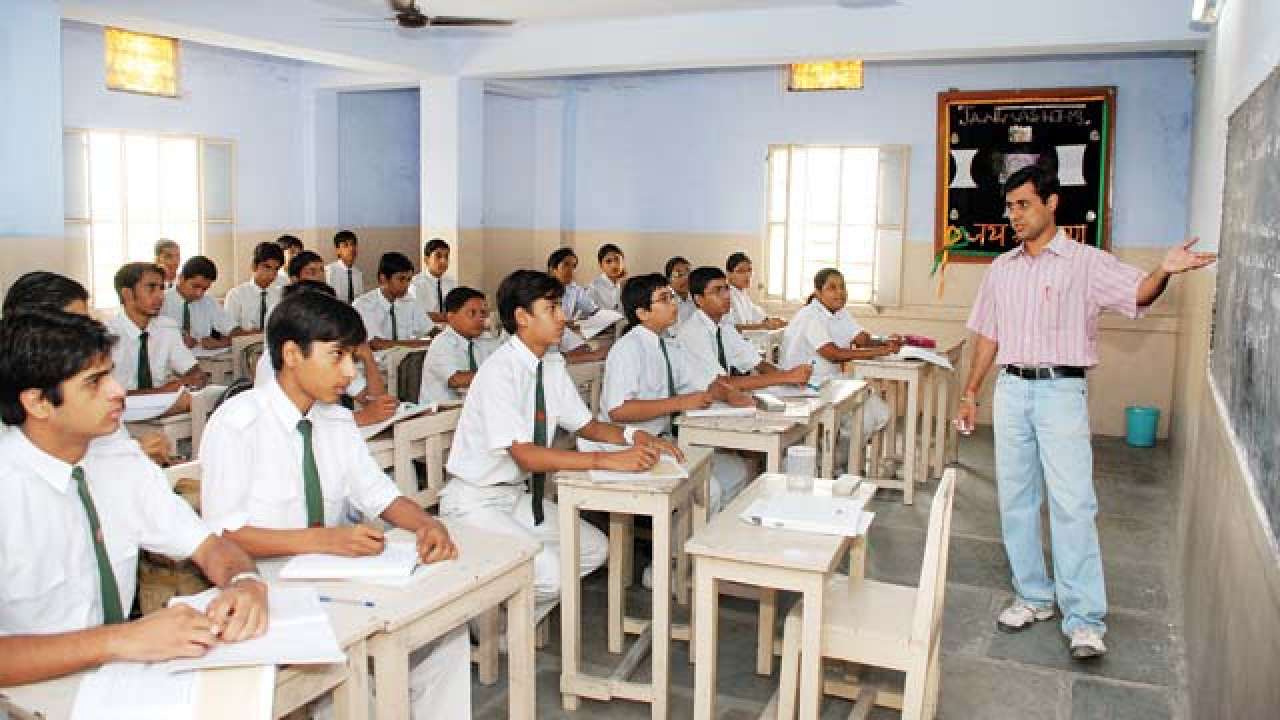The authorities’ Draft New Education Policy launched May 2019 suggests increasing spending on schooling from 10% of general government expenditure to 20% through 2030. However, there is no funding for such a growth in India’s cutting-edge training finances. Further, for a reason, in 2015, authorities’ spending on faculty schooling has clearly decreased after correcting for inflation, in keeping with an evaluation of state and imperative training price range through the years. Good public training is an essential right in India, and there is a strong correlation between public investment in schooling, infant improvement, and empowerment.

For example, states that spent more on education, together with Himachal Pradesh and Kerala, scored higher at the empowerment index, which takes under consideration attendance stages at primary, upper number one, secondary, and senior secondary tiers, in addition to indicators linked with gender equality inclusive of intercourse ratio at the start and early marriage. Year: Average expenditure on school schooling for the duration 2012-thirteen to 2018-19 **Note: This is computed through the Centre for Budget and Policy Studies taking six signs (four regarding training and a pair of referring to empowerment, sourced from National Sample Survey Office’s 71st spherical and National Family Health Survey, 2015-sixteen, respectively)
The central government’s training budget decreased considering that 2014
Even because the government guarantees a boom in spending on training, the share of the union budget allotted to schooling fell from 4.14% in 2014-15 to three.4% in 2019-20, the period throughout which the Bharatiya Janata Party headed the significant government, consistent with budget documents from 2014 to 2020. In the 2019-20 budget, the percentage of the union price range allocated to training remains at 3.4%, which means that that, this monetary year, the government isn’t allocating extra cash to schooling as the new schooling policy would require.
To fit the intention of spending 20% of the u. S .’s authorities’ training budgets, states would also increase their spending. The bulk of schooling spending (among seventy five-80%) comes from the states because of the draft new training coverage reviews.
The share that states spent on training reduced in numerous states, especially after the 14th Finance Commission period of 2015-sixteen to 2018-19. The allocated budget was elevated in 2019-20; however, the real expenditure will most effectively be recognized inside the 2020-21 price range. The schooling coverage does not clarify how states could grow this percentage without additional imperative authorities’ investment.
For instance, an evaluation of school education expenditure for eight years from 2012-thirteen to 2019-20 shows that schooling expenditure declined as a percentage of overall authorities expenditure in six states–Kerala, Maharashtra, Odisha, Madhya Pradesh, Rajasthan, and Himachal Pradesh, in step with finances files.
The decline (from sixteen.05% of the expenditure of six states, on average, in 2014-15 to thirteen.52% in 2019-20) started from 2014-15, the primary yr when fund transfers from the union government for centrally backed schemes changed into routed thru the country price range. The decline endured throughout 2015-16, which became the yr when the state’s proportion in taxes elevated, whilst the tied funds through centrally sponsored schemes decreased, as endorsed through the 14th Finance Commission.
There has been a mild boom at some stage in 2018-19 and 2019-20 in the amount these six states together allocated to training during the last two years; however, those numbers financials estimates and not really spending, according to financial files from these states. States have decreased the proportion of price range spent on faculty schooling, whilst authorities’ sales have improved. For instance, Kerala’s share of spending on training decreased from 14.Forty-five % of the overall public expenditure in 2012-13 to 12. Ninety-eight % of the total state budget in 2019-20 whilst its revenue grew at a compounded annual boom price of 12.8% at some stage in the identical period, an analysis of state price range documents indicates. Five out of six states–Kerala, Madhya Pradesh, Rajasthan, Maharashtra, and Odisha–have increased workforce income at some stage in this period. Had there been no pay hike, this decline might have been even sharper than what is discovered now.
